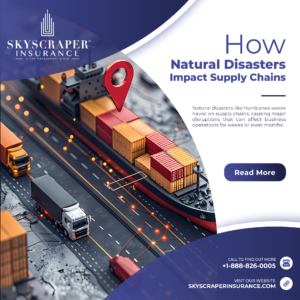May 4, 2020
California Gov. Gavin Newsom said Monday that some retail stores across the state can reopen with modifications as early as Friday. Newsom’s announcement occurred as a result of a positive assessment in the Reopening Roadmap Report Card, showing that key metrics for moving past the coronavirus pandemic are on schedule.
“We are entering into the next phase this week,” Newsom said at his Monday news conference. “This is a very positive sign and it’s happened only for one reason: The data says it can happen.”
Under the new guidelines, the governor said bookstores, music stores, toy stores, florists, sporting goods retailers and others can reopen for pickup as early as Friday. He said more detailed guidelines on the businesses that can reopen would be released later this week.
The Los Angeles Times reported that the governor’s plan also expands decision-making at the local level, allowing some communities to move further ahead into the second phase of the order and open more businesses at their own pace.
However, Newsom said if counties want to do more, they must first meet certain requirements for hospitals beds, testing kits and the ability to track infected individuals and trace their contacts.
Gov. Gavin Newsom says reopening California will begin this week amid coronavirus crisis
SACRAMENTO —
Gov. Gavin Newsom announced that some retail stores across the state can reopen with modifications as early as Friday amid growing pressure to ease the stay-at-home order that has cratered the California economy.
The new changes are part of a four-stage plan the governor laid out last week to gradually transition back to normal in a state of nearly 40 million people whose lives have been upended by the COVID-19 pandemic.
“We are entering into the next phase this week,” Newsom said at his Monday news conference to provide an update on the state’s response. “This is a very positive sign and it’s happened only for one reason: The data says it can happen.”
Under the new statewide COVID-19 guidelines, the governor said bookstores, music stores, toy stores, florists, sporting goods retailers and others can reopen for pickup, and manufacturing and logistics can resume in the retail supply chain. Newsom said more detailed guidelines on the businesses that can resume limited operations would be released later this week.
The governor’s plan also expands decision-making at the local level, allowing some communities to move further ahead into the second phase of the reopening process at their own pace and open more businesses — such as restaurant dining rooms — beyond those outlined in the statewide policy.
But if communities want to take that next step, counties must first submit “containment plans” that meet certain requirements for hospital beds, testing kits and the ability to track infected people and trace their contacts, Newsom said. Other local orders that are more restrictive than statewide reopening plans would supersede any changes the governor makes, Newsom said.
The Democratic governor’s move to give more discretion to counties follows large protests against Newsom’s restrictions at the state Capitol and in Orange County, and as a handful of small rural counties moved to open their communities in defiance of his authority.
Despite the vocal opposition in some parts of the state, recent polls show that the vast majority of Californians approve of how the governor is handling the coronavirus crisis and are more concerned about reopening too early than too late.
Though health experts have given Newsom credit for implementing the first statewide stay-at-home order in the nation and successfully beating back the virus in California, his efforts to protect public health by shuttering businesses and restricting movement have also caused economic peril. The state processed more than 3.5 million claims for unemployment benefits from March 14 through the third week in April.




